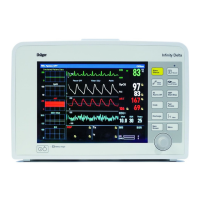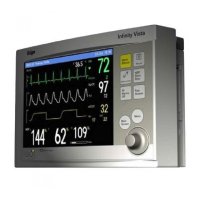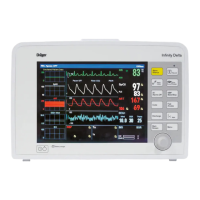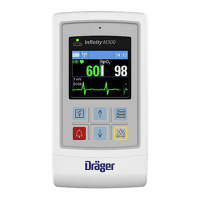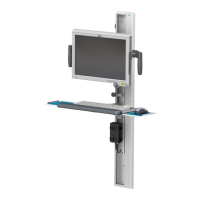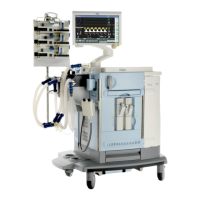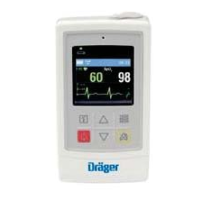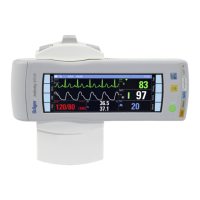13-4 DELTA/DELTA XL/KAPPA VF8
13 N
ON-INVASIVE BLOOD PRESSURE
WARNING:
Obstructions may cause the cuff to inflate and deflate
improperly and result in inaccurate measurement
values. Check the hose and cuff for damage and dirt.
Do not allow the hose and cuff to come in contact with
fluids, and make sure that they are not compressed or
kinked.
Do not place the cuff on injured or breached skin
because cuff compression could further damage the
tissue.
Do not place the cuff on a limb with either an intra-
arterial line or a vascular prosthesis because cuff
compression will impede perfusion.
To reduce the possibility of pumping air into the
patient’s blood vessels, never connect pneumatic
connectors to an intravascular system.
Before monitoring neonates and infants:
— Select the correct cuff size and hose.
— Select the neonatal or pediatric patient category, if not
already selected. This protects neonates, infants, and pedi-
atric patients from high cuff pressures used for adults.
NOTE: The accuracy of the oscillometric blood pressure signal can decrease (up to
loss of measurement) under the following conditions:
— weak pulses
— irregular pulses
— patient movement artifacts
— tremor artifacts
— respiratory artifacts
NOTE: A systolic blood pressure higher than the current high inflation limit may
trigger an NBP low inflation limit message. When this occurs, manually check the blood
pressure of the patient and select the next higher inflation limit, if appropriate.

